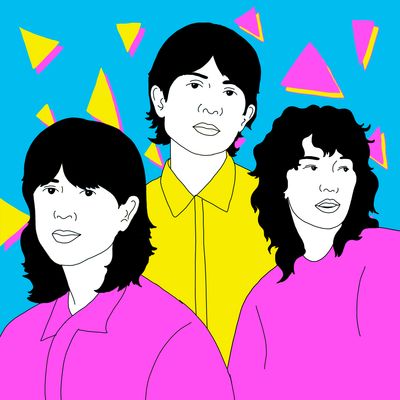
There was a time when the best way to identify a fellow gay was to ask, “Are you a friend of Dorothy?” The question was less an expression of Wizard of Oz fandom than a necessary code during a time of rampant structural homophobia. But even in 2022, when queer folks are more visible than ever, winking passphrases persist in the form of, say, “Do you listen to girl in red?”
Gen-Z queer-checking now has its own soundtrack as a growing community of artists and listeners are gathering under the banner of “sapphic pop,” a quasi-genre of music by and/or for femme folks who are attracted to other femme folks. You’ll find the term in articles from multiple news outlets and representative artists on display in the opening corps for Taylor Swift’s upcoming tour (MUNA, girl in red, and Phoebe Bridgers).
But for those still unfamiliar, the music and culture journalist Emma Madden told Switched on Pop that they define sapphic pop’s folk-inspired sound as having a “soft, tactile approach” that’s “more sensual than it is sexual.” It’s an umbrella that folds in everyone from indie-pop veterans Tegan and Sara to nonbinary artists like King Princess; even male artists like Hozier and Sufjan Stevens are improbably considered sapphic pop, with their music having the same sonic qualities of songs dedicated to feminine yearning.
On this week’s Switched on Pop, we explore exactly what sapphic pop is, where it came from, and how artists feel about it, even asking Tegan and Sara and King Princess directly. You can listen to the episode below or wherever you get podcasts.

